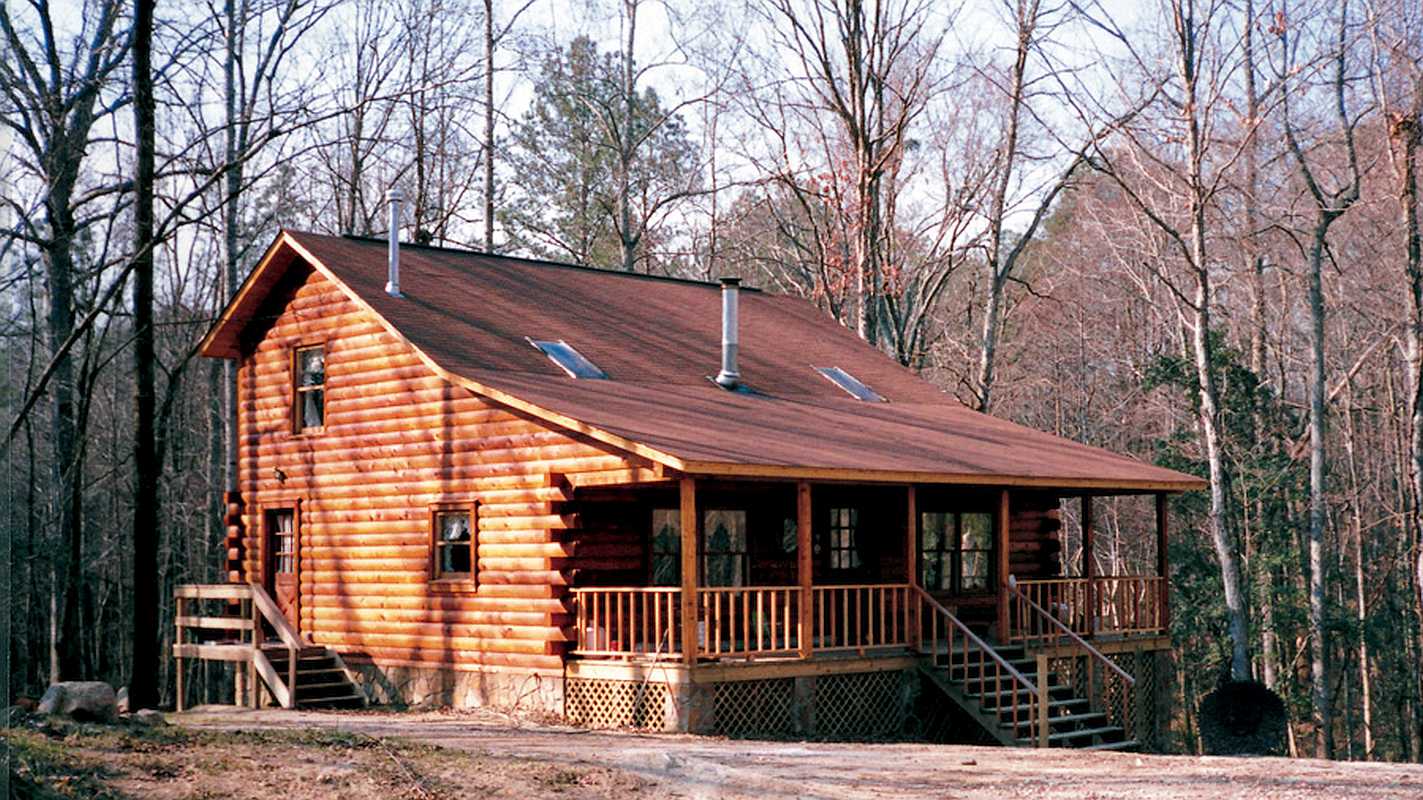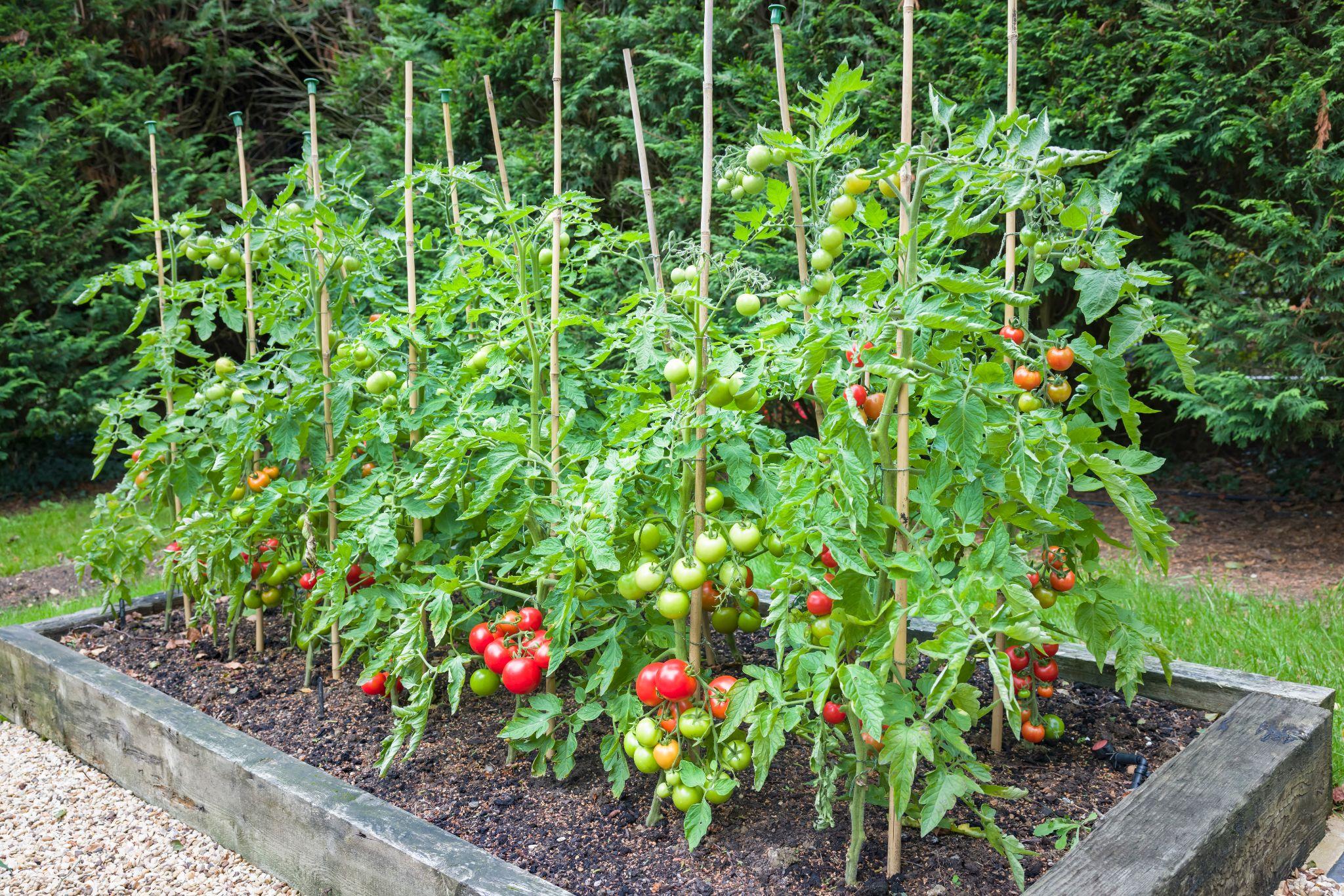Homesteading is a lifestyle of self-sufficiency originally connected to the “back-to-the-land” movement. It has seen a resurgence in recent years due to a growing interest in sustainable living.
People choose the homesteading lifestyle for many reasons. Some are attracted to sustainable living, while others want to disconnect entirely from the mainstream economy. Homesteading is a natural fit for those who want to transition to log cabin living.
What is homesteading?
Modern homesteaders tend to focus on a variety of activities, including growing produce, raising animals for meat, milk, or eggs, preserving and storing food, and making household products like soaps and cleaners. Some homesteaders even get into leather making or weaving fabrics from materials like hemp or sheep’s wool.
For most people, homesteading is a journey that evolves over time. You may start out with a simple rainwater harvesting system that feeds a small garden and end up with a full-fledged farm after a decade or two.
Whether you’re planning to live completely off the grid in your new log cabin or you just want to be less reliant on grocery stores and utility companies, below we’ve compiled some helpful tips for beginner homesteaders.
Choose a location.
The first step in setting up your homestead is deciding where you want to live. If you don’t already have property secured, here are some key considerations:
- Water access: Ensure there is a reliable source of clean water. This might mean a well on the property or nearby natural sources that are sustainable and unpolluted, like a creek, river, or aquifer.
- Land safety: Investigate the environmental safety of the area. Is your property downwind from a nuclear power plant? Are there fracking sites nearby that could affect your land’s safety or your family’s health? Are you worried about earthquakes, tornadoes, or hurricanes? Do your research to find a location that’s suitable for your family.
- Proximity to essentials: If being within a reasonable distance to schools, hospitals, and other amenities is important for your family, take this into consideration when choosing a location.
Make a budget.
Your budget will significantly influence what you can do initially. Costs can include:
- Land acquisition: Depending on location, the cost of land can vary considerably. You may be able to find a property for as little as $1,000 an acre if you’re flexible on location.
- Home construction: If you’re building a log cabin from the ground up, you’ll need to create a construction budget. Factor in the cost of the log cabin materials kit, the cost to hire a builder or general contractor, and the cost of finishing materials.
- Start-up supplies: These can include tools, seeds, livestock, and initial improvements like fencing or shelter for animals.
- Ongoing expenses: Make a plan for recurring monthly costs, including animal feed, maintenance tools, and property taxes.
Building your home with a log cabin kit may help cut down on costs, since you won’t need to hire an architect. You can start building as soon as your kit arrives and your foundation is laid.
Start off small.
It’s easy to feel overwhelmed by the grand vision of a fully functioning homestead. Begin with small, manageable projects, such as:
- Gardening: Start with a small vegetable patch to learn the ropes of seasonal planting and care.
- Backyard chickens: A few chickens can provide a steady supply of eggs, and they’re relatively easy to care for.
- Rainwater harvesting: Installing a simple rainwater collection system is a relatively easy project that provides you with an additional water source for gardening.
Consider the demands.
Homesteading is a lifestyle commitment. It requires hands-on engagement with your land and resources. Prepare to invest time in gardening, animal care, maintenance, and other daily chores that ensure your homestead thrives.
The key to successful homesteading is not so much about perfect planning, but being resilient and adaptable to the learning curves you’ll encounter along the way. By starting small and scaling responsibly, you can gradually build a homestead that not only sustains itself but also enriches your life.
The physical and time demands can be substantial, but the rewards of living closely with nature and watching your efforts bear fruit can be huge.
Build Your Homesteading Cabin with eLoghomes

eLoghomes’ log cabin packages are ideal for the homesteading lifestyle. Our energy-efficient log homes are built for a range of climates, from the high desert to the plains to the coast.
Choose from a huge range of log home models, from 400-4,000+ square feet. We also offer optional construction services for all our log home shell packages.
Learn about how eLoghomes leads the way in energy-efficient log home design and the advantages of using our log home kits. Call us with any questions and for log cabin pricing.

